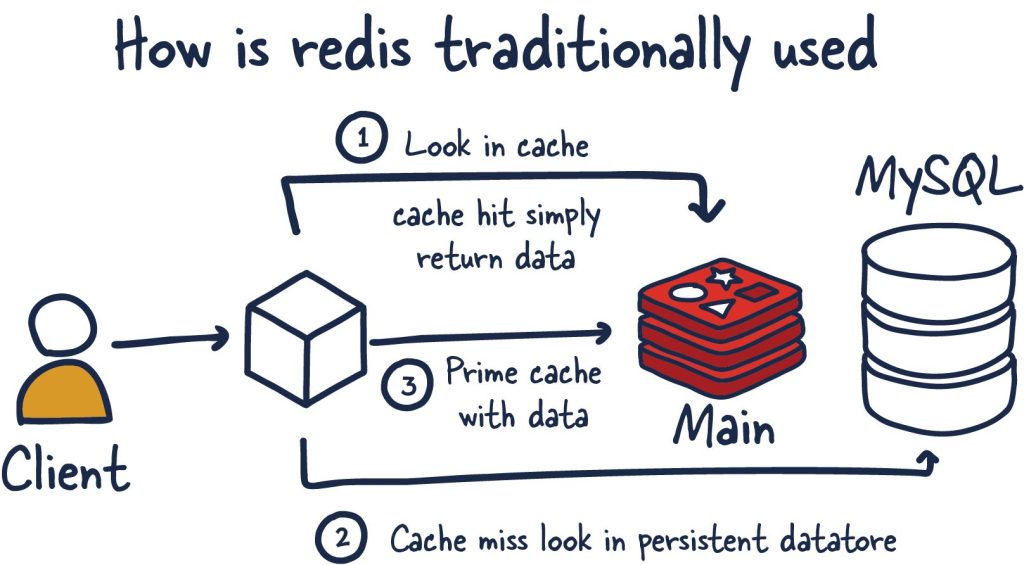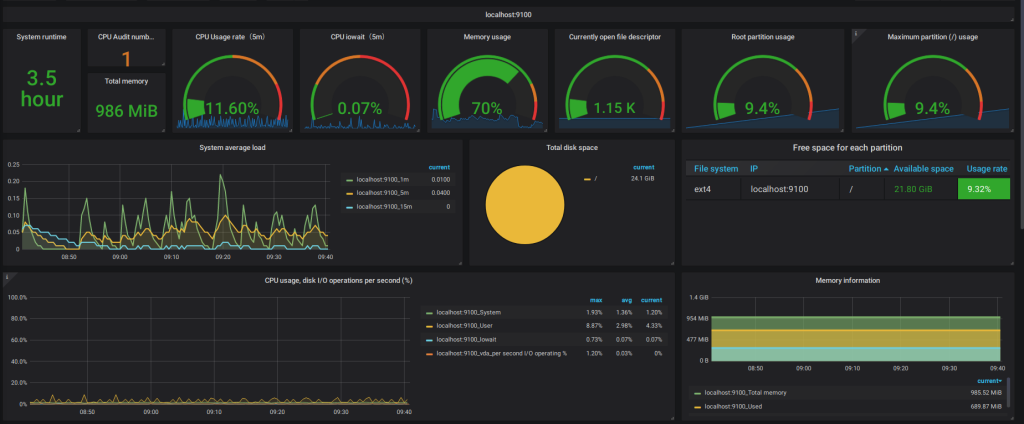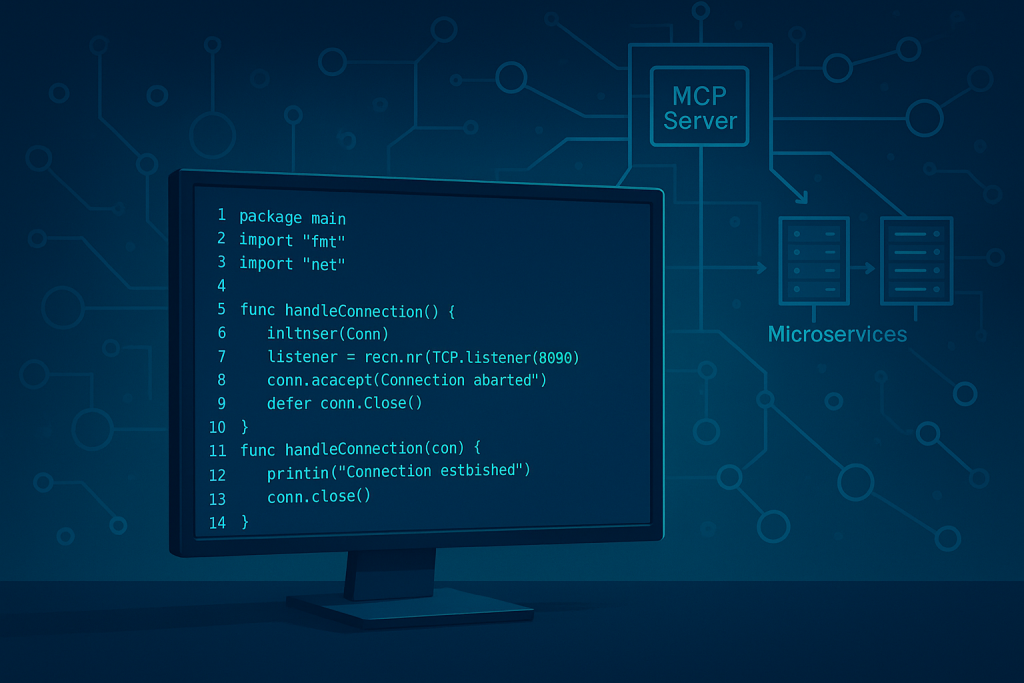In the ever-evolving landscape of web applications and services, handling a massive influx of requests has become a critical challenge for businesses. In this article, we’ll delve into the intricacies of how our team manages an impressive four million requests per day, shedding light on the technologies and strategies we employ to ensure seamless operations. Our success is rooted in a straightforward yet powerful stack, proactive monitoring, and an arsenal of tools designed to optimize performance.
Keeping Our Stack Simple
A simple yet highly efficient technology stack lies at the core of our robust infrastructure. We’ve embraced the power of PHP 8.2 for server-side scripting, providing a stable and versatile foundation for our applications. Using MySQL as our relational database management system ensures data integrity and reliability, while Redis, our in-memory data store, acts as a key-value cache, boosting response times and minimizing the load on our database.
Nginx, our web server of choice, serves as the gateway to our applications, handling HTTP requests with unparalleled speed and efficiency. The simplicity of this stack not only facilitates easy maintenance but also streamlines the development process, allowing us to focus on what matters most – delivering exceptional user experiences.
Load Balancer to Distribute Load for Optimal Performance

To handle the sheer volume of incoming requests, we’ve implemented a load balancer as a pivotal component of our infrastructure. This dynamic tool ensures that the workload is distributed evenly across multiple servers, preventing any single server from becoming a bottleneck. As a result, our system maintains high availability and responsiveness, even during peak traffic periods.
Load balancing is the linchpin of our scalability strategy, allowing us to seamlessly scale horizontally by adding more servers as demand grows. This ensures that our users consistently enjoy a fast and reliable experience, regardless of the level of demand on our system.
Use a Cache to Minimize Database Hits and Ensure Lightning-fast Response Times

Caching plays a pivotal role in our quest to optimize performance. By actively leveraging Redis as a caching mechanism, we significantly reduce the number of database hits, resulting in faster response times and a more responsive user interface. This proactive approach not only enhances the overall user experience but also minimizes the strain on our database servers.
We employ a sophisticated caching strategy, intelligently storing frequently accessed data in Redis, thereby eliminating the need to repeatedly query the database for the same information. This not only improves response times but also reduces the risk of performance degradation during periods of high demand.
InfluxDB and Grafana for Monitoring and Alerting
Maintaining optimal performance requires vigilant monitoring and rapid response to potential issues. In our pursuit of excellence, we’ve adopted InfluxDB and Grafana to create a powerful monitoring and alerting system.

InfluxDB, a high-performance, distributed, and scalable time-series database, acts as the repository for our system metrics. Grafana, on the other hand, provides a visually appealing and intuitive interface for monitoring these metrics in real-time. This combination allows our team to identify performance bottlenecks, track resource utilization, and predict potential issues before they impact the user experience.
Grafana’s alerting capabilities enable us to set up customized alerts based on predefined thresholds, ensuring that our team is notified promptly of any anomalies or impending issues. This proactive approach empowers us to address potential challenges before they escalate, maintaining the reliability and stability of our services.
Conclusion
Handling four million requests per day is no small feat, and our success is a testament to the power of a simple yet effective technology stack combined with strategic tools and methodologies. By embracing PHP 8.2, MySQL, Redis, and Nginx, implementing a robust load-balancing strategy, actively utilizing caching to minimize database hits, and adopting InfluxDB and Grafana for monitoring and alerting, we’ve created an infrastructure that is not only scalable but also resilient in the face of high traffic volumes.
As the digital landscape continues to evolve, our commitment to optimizing performance and delivering exceptional user experiences remains unwavering. Through the seamless integration of cutting-edge technologies and best practices, we’ve not only met the challenge of handling four million requests per day but have positioned ourselves for continued success in the dynamic world of web services.



